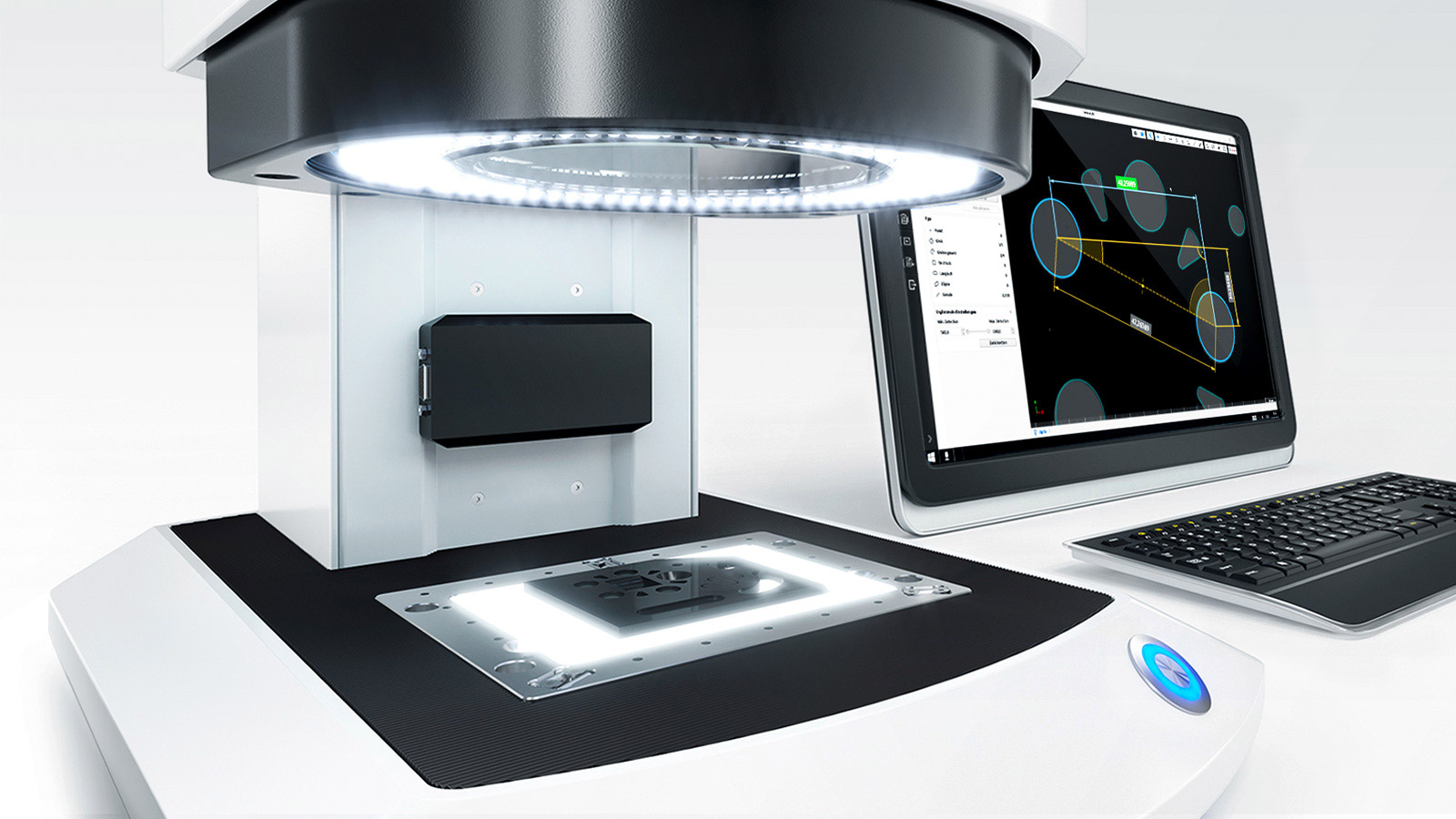Services
Branchen
Unternehmen

 Markus Turber
Markus Turber

03.03.2015
Beyond continuous: How new players broaden the connected car’s horizon
Mobile ecosystems conquer automotive head units and infotainment systems. GM for instance is offering various in-vehicle APIs as well as remote APIs. This means that in-car as well as remote services will no longer depend on the OEM’s choice and innovation roadmap, but will be open for everyone.
For the car as a connected ecosystem, user experience / service designers and developers are key. At the baseline it is the jumpstart of a new service ecosystem that just depends on people’s creativity to find attractive business models. According to a PWC market analysis (clusters mobility management, vehicle management, entertainment, well-being, autonomous driving and safety), the market potential will nearly quadruple from 31,87 billion in 2015 to 115,20 billion in 2020.
As the future is not forecasted but made, we are careful with forecasts (especially if boiled down to two decimals), but one thing is for sure: Unleashing market dynamics off course equals free competition, to create apps that people love and therefore use. Opening APIs and App Store distribution defines a clipping point for an innovation rally. The challenge is to create meaningful apps with great user experience and especially attractive user interfaces..
All new players are entering the market
It is not just up to the OEMs and the current players which Apple promoted in the first round of CarPlay (Podcasts, Spotify, Sticher, etc). There is also movement in the retrofit market. Startups like Automatic open up the car information system, while Navdy brings connected services to the drivers. Having a gateway to the car is a launchpad for smart infrastructures and cities.
Up to now, this market suffered from a chicken-and-egg problem: Offering intelligent infrastructure services would never reach a relevant market penetration, and nobody had an interface to the service. Now, finally, the situation is changing.
Connected mobility market growth
Besides automotive OEM and classical suppliers, we expect a major growth in the service variety from outside the industry. It’s a launchpad for reinventing city infrastructures. A chance for connecting buildings and construction with the ambient world. A chance to rethink traditional role models in traffic and transportation. Here are some quick examples (which will pretty sure sound like a „order a pizza“ use case from a 2020 perspective):
Smart City Infrastuctures examples
- Swarm-intelligent traffic lights: In order to make the traffic flow better, cities can implement traffic lights, which adapt to real-time traffic, without an additional sensor mesh. Like TomTom proved in its early days, a small fraction of cars already allow pretty precise analytics of what’s happening on the streets and an according extrapolation.
- Sensing parking lots: Intelligent matching of different data can cut down traffic caused by people searching for parking. This data can come from sensors embedded directly into parking spots, but also from the car’s proximity sensors, parking garages and digital parking services. We did a quick prototype to test this concept at our lab’s parking garage in Stuttgart. Since August 2014 JustPark is cooperating with BMW to integrate their app into the Dashboards of the new Mini.
- Mobile payment in the car: Cities will not only be able to cultivate parking, but the entire process of finding, parking and billing. Parking can be a seamless and efficient experience: And so is the precision in administering and billing of parking services for the city governments. Payment transactions are done automatically through the parking service.
Building and Construction examples
- In door routing: Parking garages can easily apply in-door routing to help people find free spots, or the carsharing vehicle they are looking for.
- Intelligent, sensing infrastructures can advice traffic participants to adapt their driving behavior to rise efficiency and reduce frustration.
- Building automation systems, like opening garages and gates, can be easily embedded in mobile services and handled through the native mobile phone user authorisation. (For instance Park2gether already allows users to open parking garage gates form within their app).
- Building security and energy efficiency features can react to the activities of the car. As soon as nobody is at home, the house can reduce energy consumption and activate security settings. The same vice versa: When people are at home, all systems are running. From HVAC to topics like seamless integration of the entertainment content from car to home.
Ecosystems for Intermodal traffic and transportation
moovel, flinc, mytaxi and Uber are predecessors of a new kind of interconnected mobility, which can perfectly integrate connected private cars and fleets. Now it is easy to integrate the average car owner into intermodal offers – as a user or as a provider – and this will change the mobility service landscape again. Making the car part of the internet of things and services will change the way we consider and experience mobility. We expect a large variety of services booming during the next years.
With the words of Gary Hamel: “The age of revolution beckons us to expand our horizons”. We see a blue ocean for new business models beyond the component and traditional onboard services on a systemic level as well as for redefining mobility usage on a process level.
Beyond continuous improvement
Shaping mobility services beyond continuous improvement
Floating fleets will emerge and become an integral part of mobility. The smarter the integration in mobility and urbanity ecosystems become, the more services will also influence the future business models by the OEMs. Although we are sure that the private car will remain a vital part of the mobility business, additional revenue streams (focussing on use and service, not on sold vehicles) will emerge and gain importance. Especially urban areas in the western hemisphere and boom towns will lead this (r)evolution.
